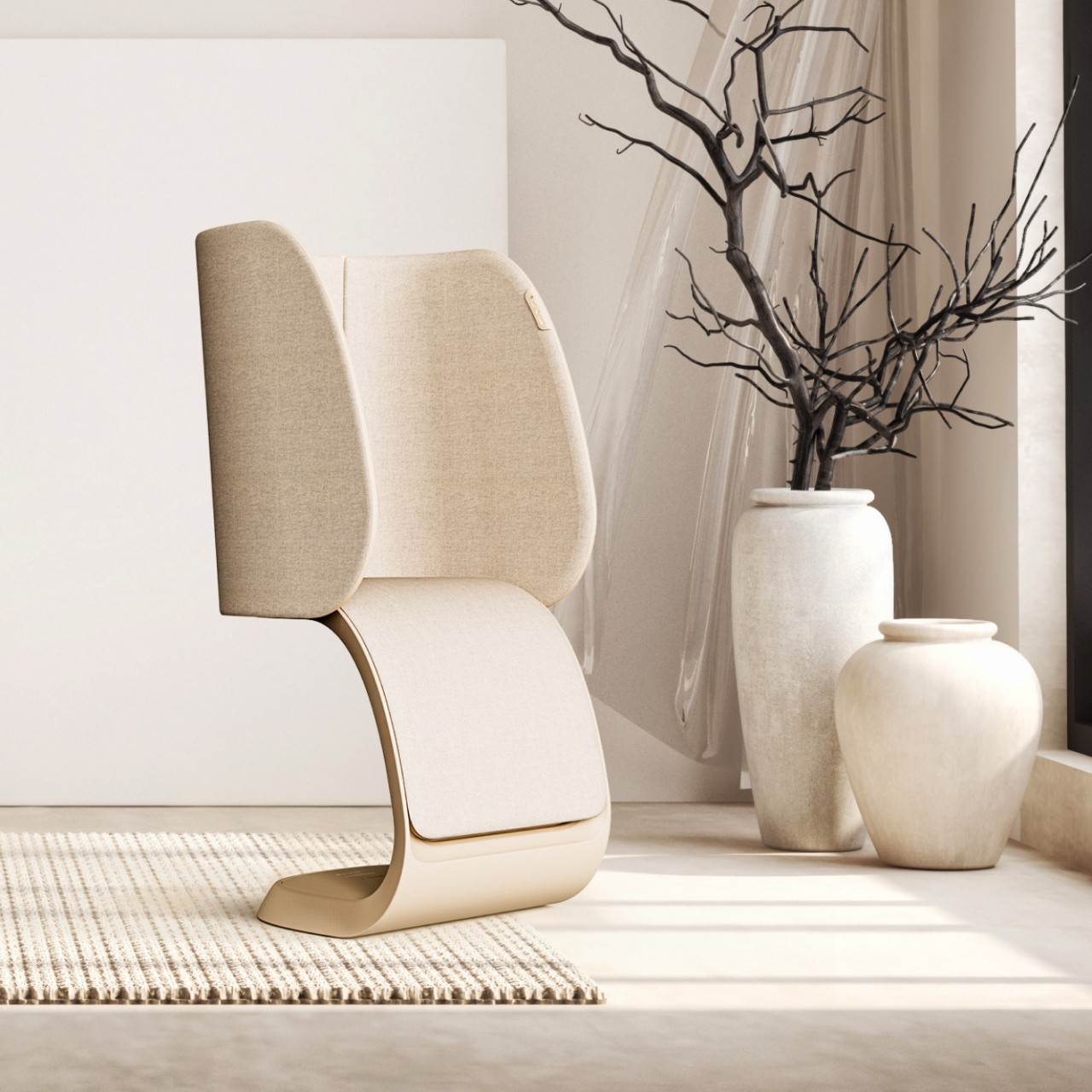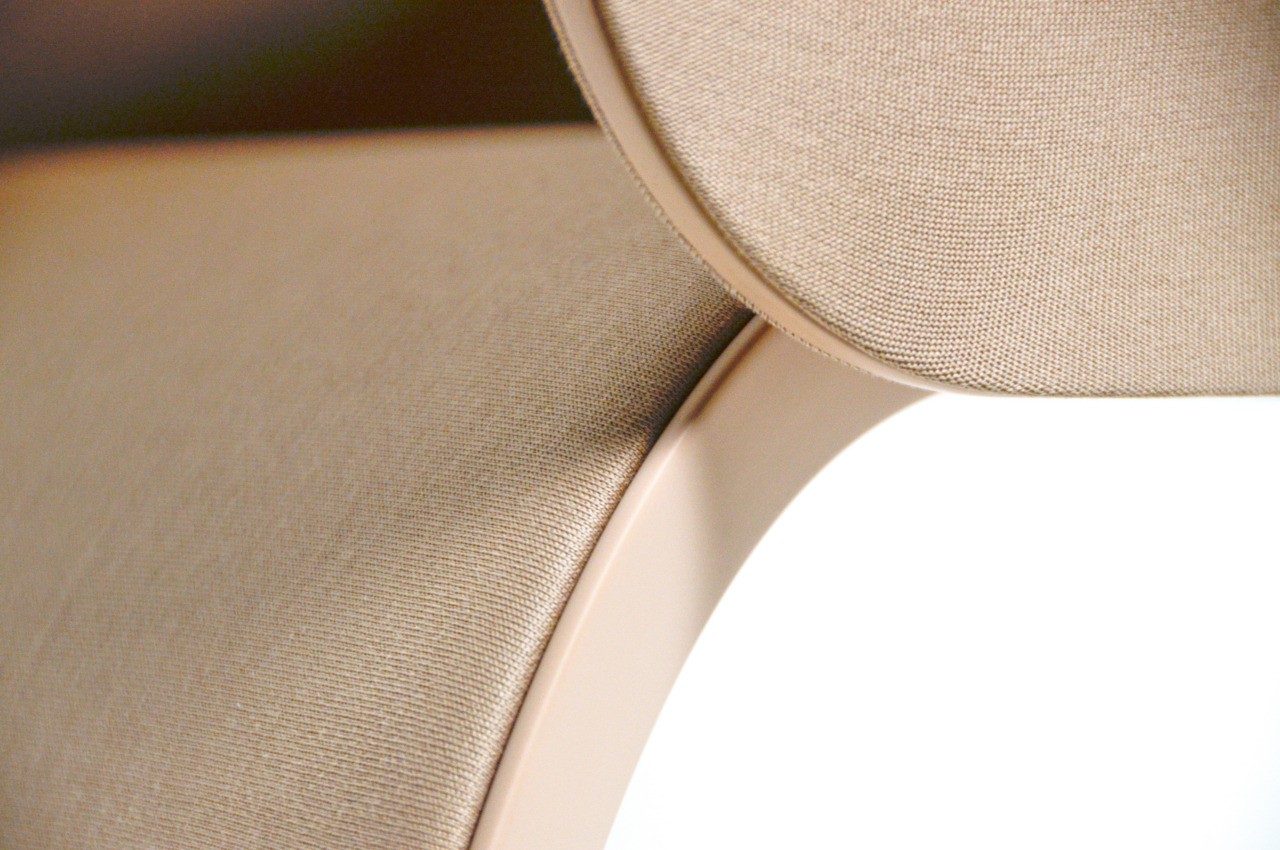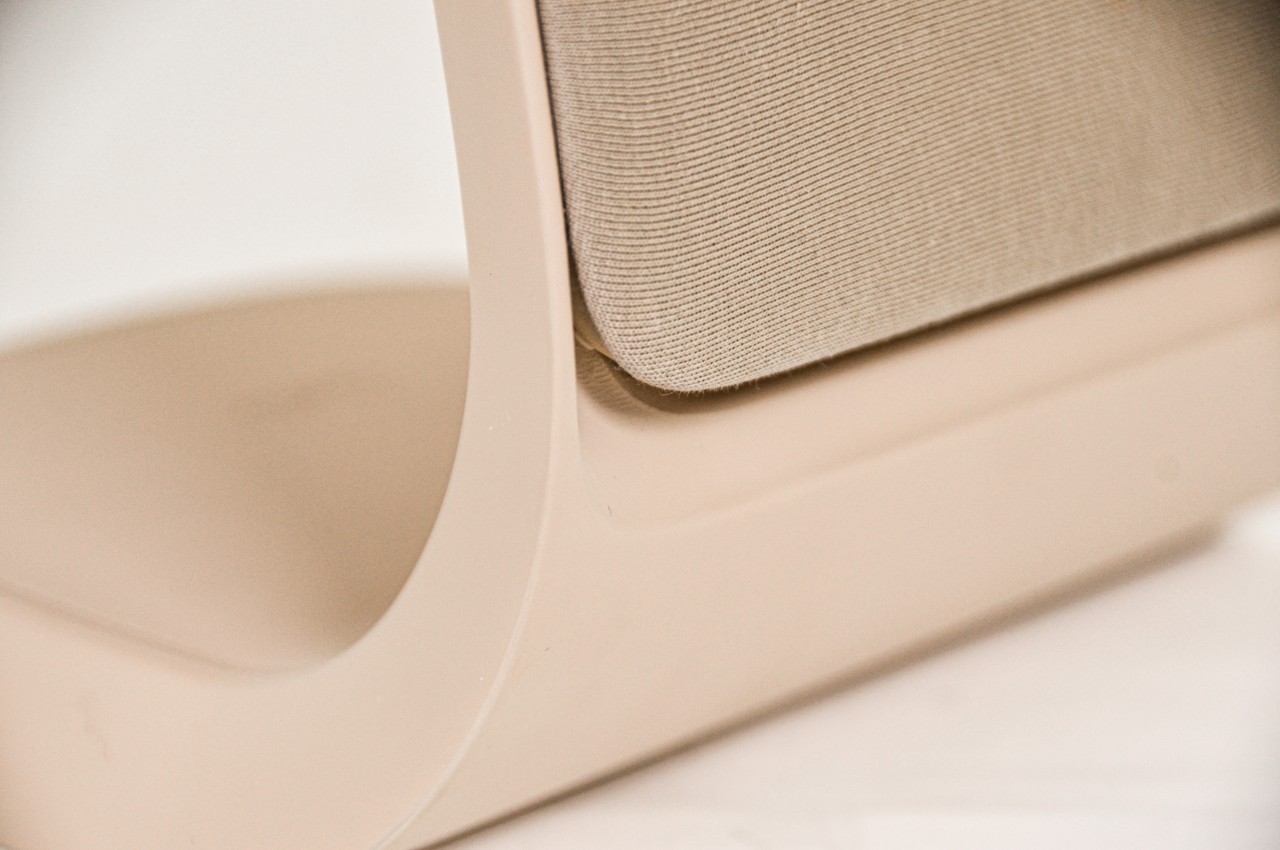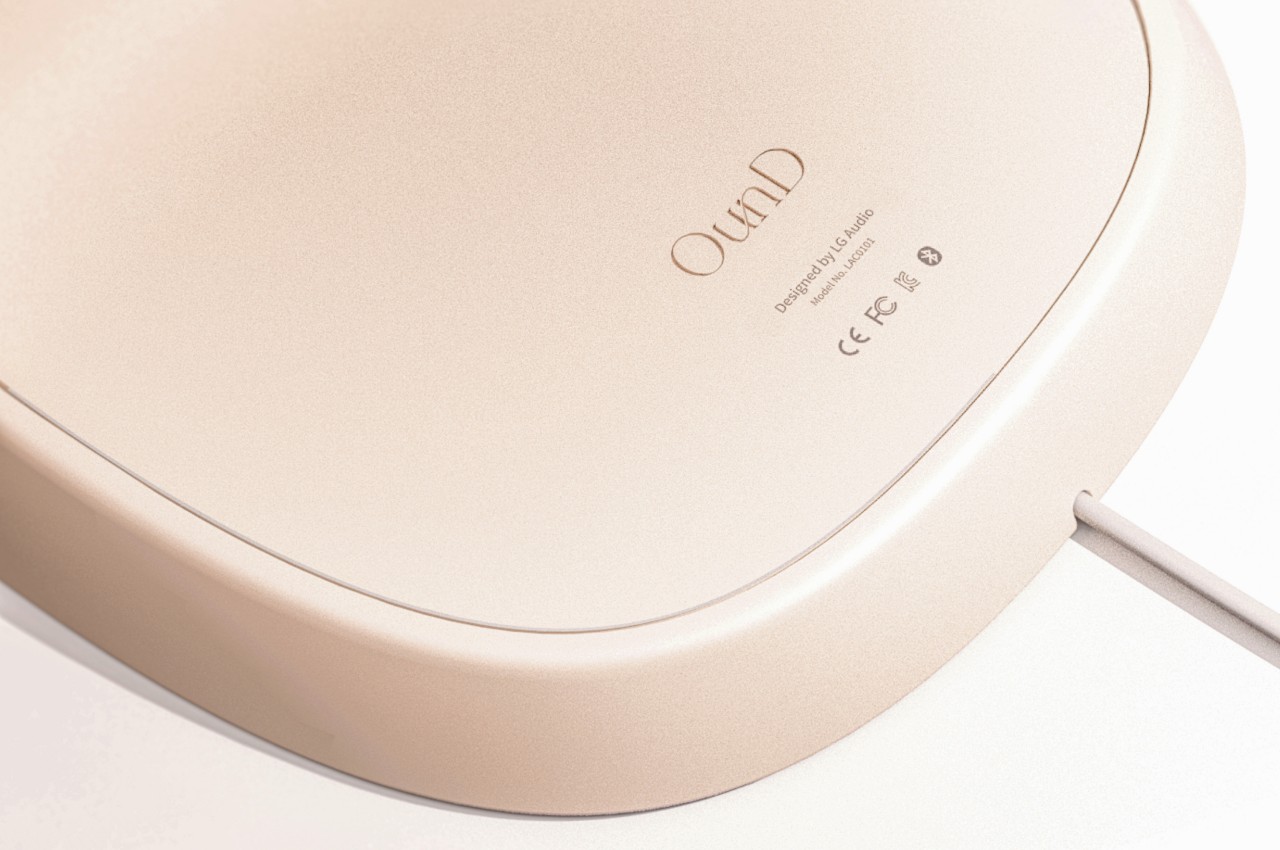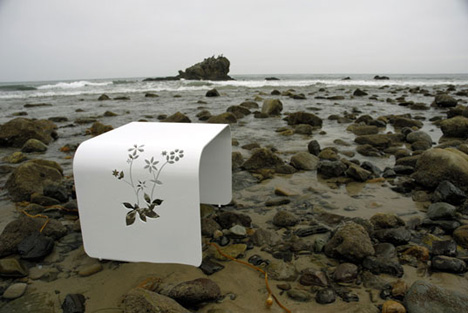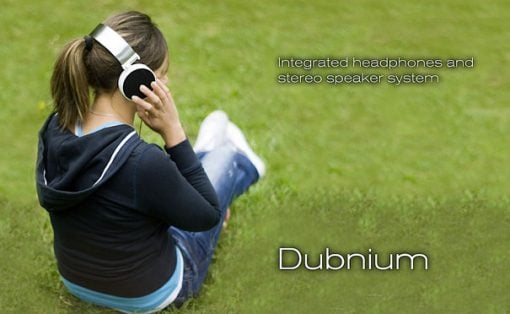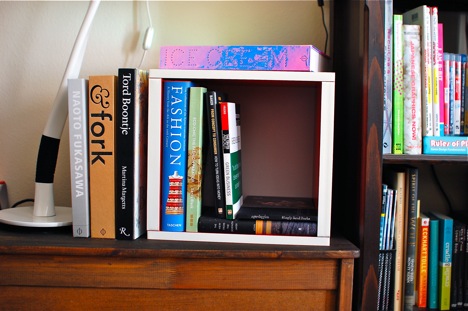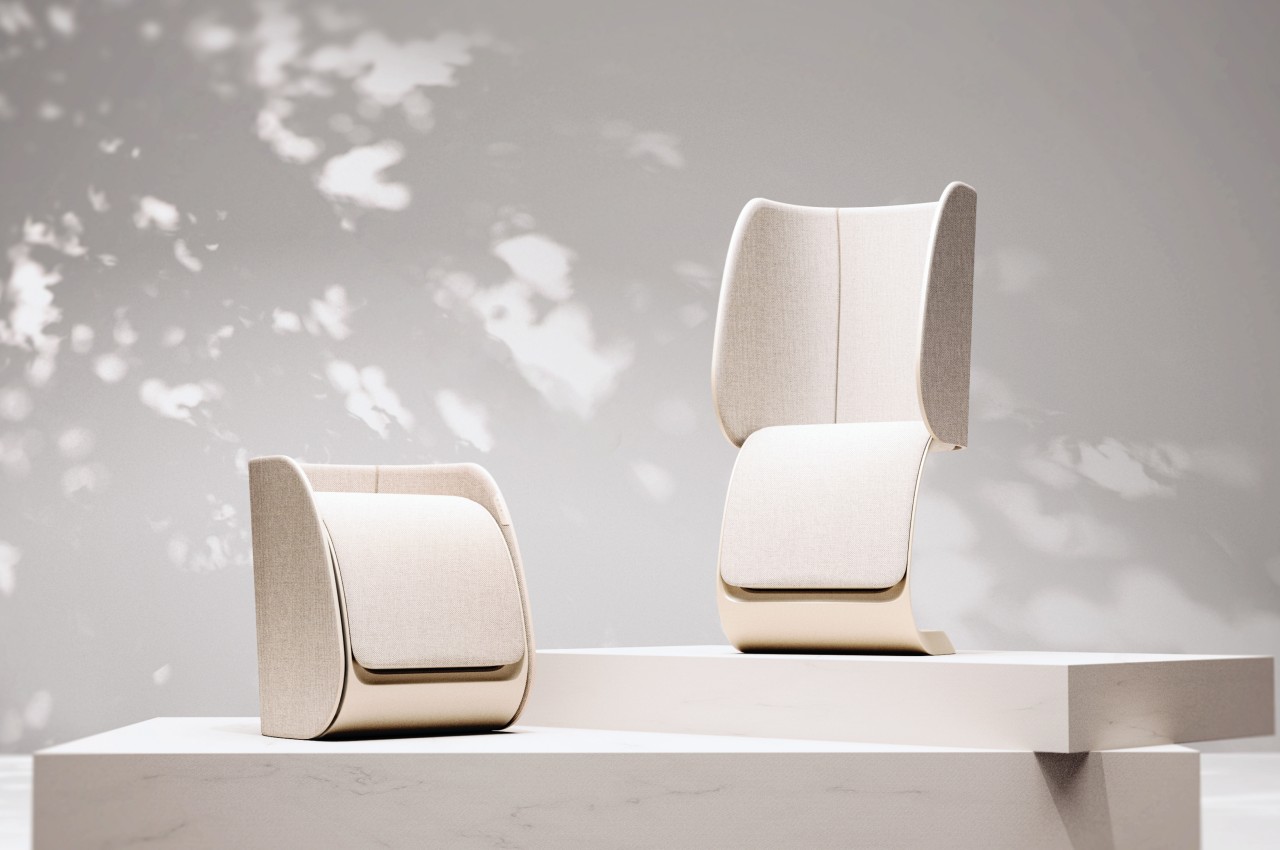
Every day, our eyes and our brains are bombarded with visual stimuli, especially from the smartphones we are glued to most of the time. Even for the younger generations, there is a tipping point when things become too overwhelming, so many of them retreat to music of varying genres for a reprieve. That often involves putting on headphones for a bit of privacy, but such accessories do remove one other thing that these people crave for: social connections. Balancing sometimes conflicting objectives can be a bit difficult for a single product to achieve, but this concept design attempts to do exactly that by making a speaker transform into a one-seater chair for a more private listening session.
Designers: Minsong Cho, Jeonghyeon We, Jihye Yang, Hyerim Kim, Park Sol
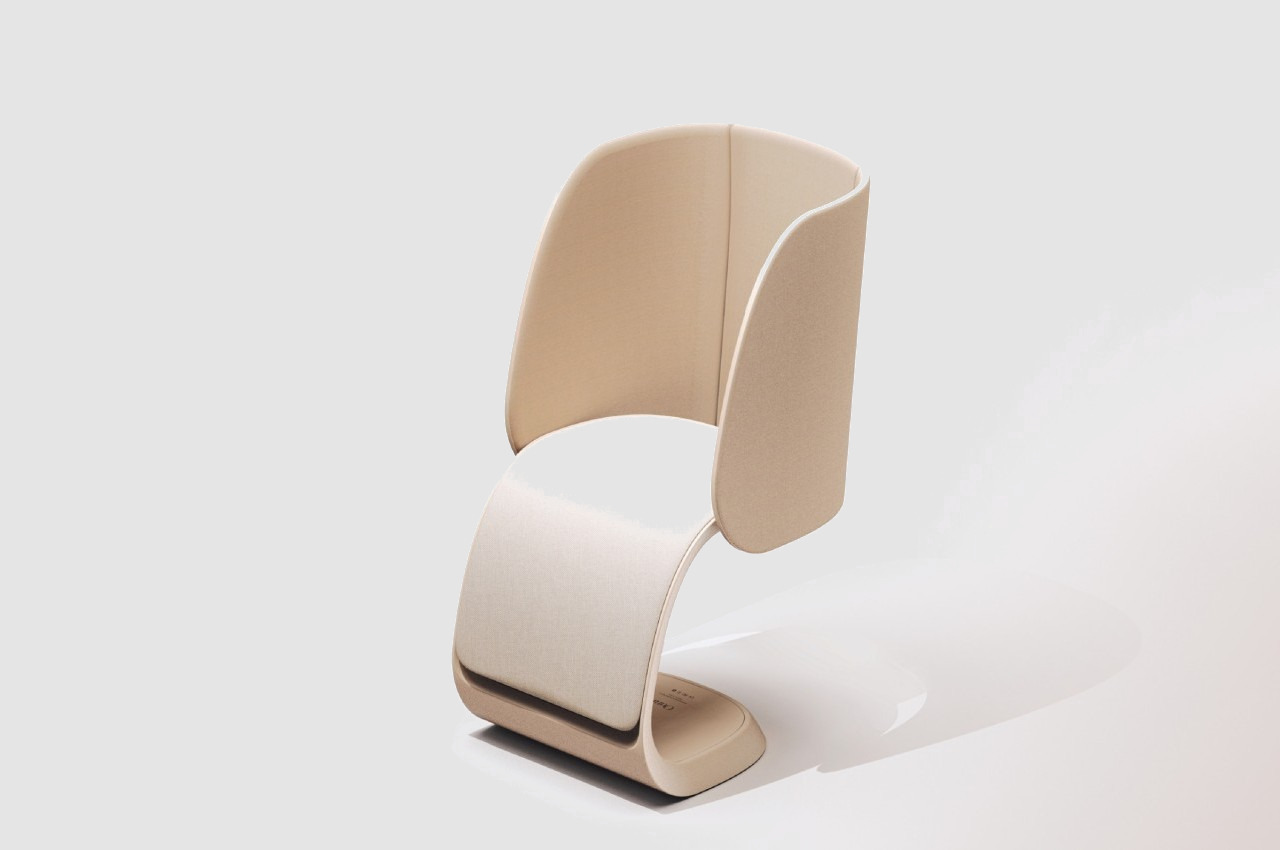
Music can be both personal and social, and this dichotomy is best exemplified by how younger listeners enjoy their tunes. On the one hand, they do want to be able to “feel” the musical space around them, pretty much like surround sound, but, at times, they also want it to be more expansive to include other people around them. Wireless earphones and headphones naturally close off other people, while regular speakers just blast audio in either a single or all directions. Although you probably won’t find audio equipment that does all of the above at the same time, this concept is able to change its form depending on what people need.
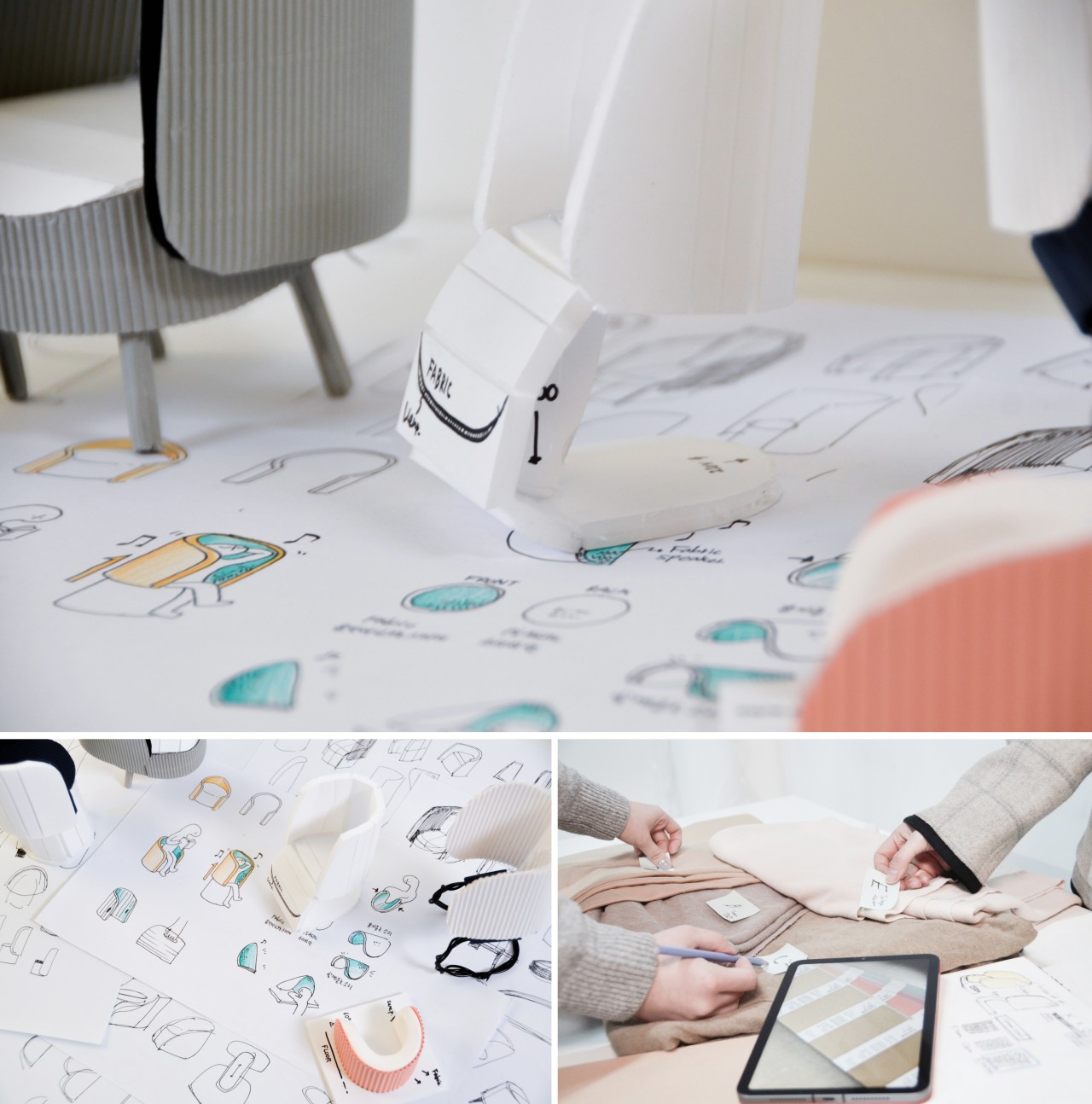
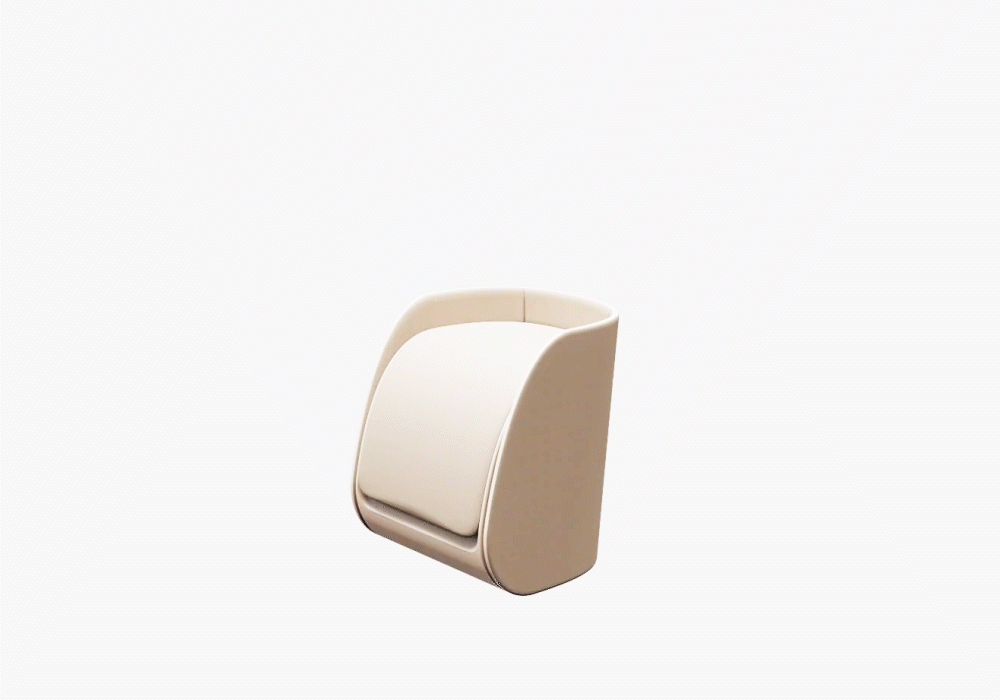
OunD, which comes from the four letters common to “sound,” “surround,” and “round,” is an audio device that looks like a speaker at one time and a personal chair at another time. A hidden rack and pinion system raises the back of the speaker to form the curved backrest of the chair. The sides of that backrest hide the actual speakers that do the actual work of delivering the surround sound experience to whoever is sitting inside.
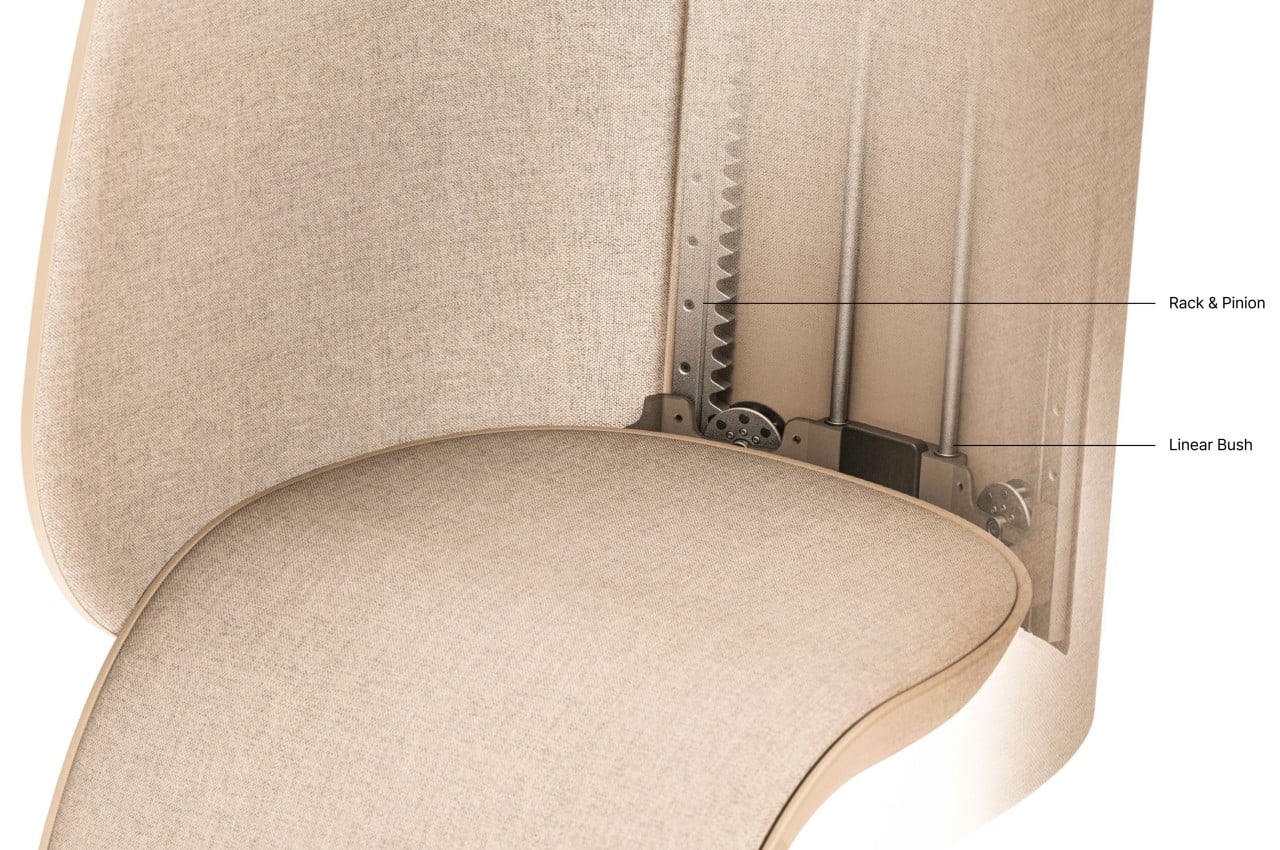
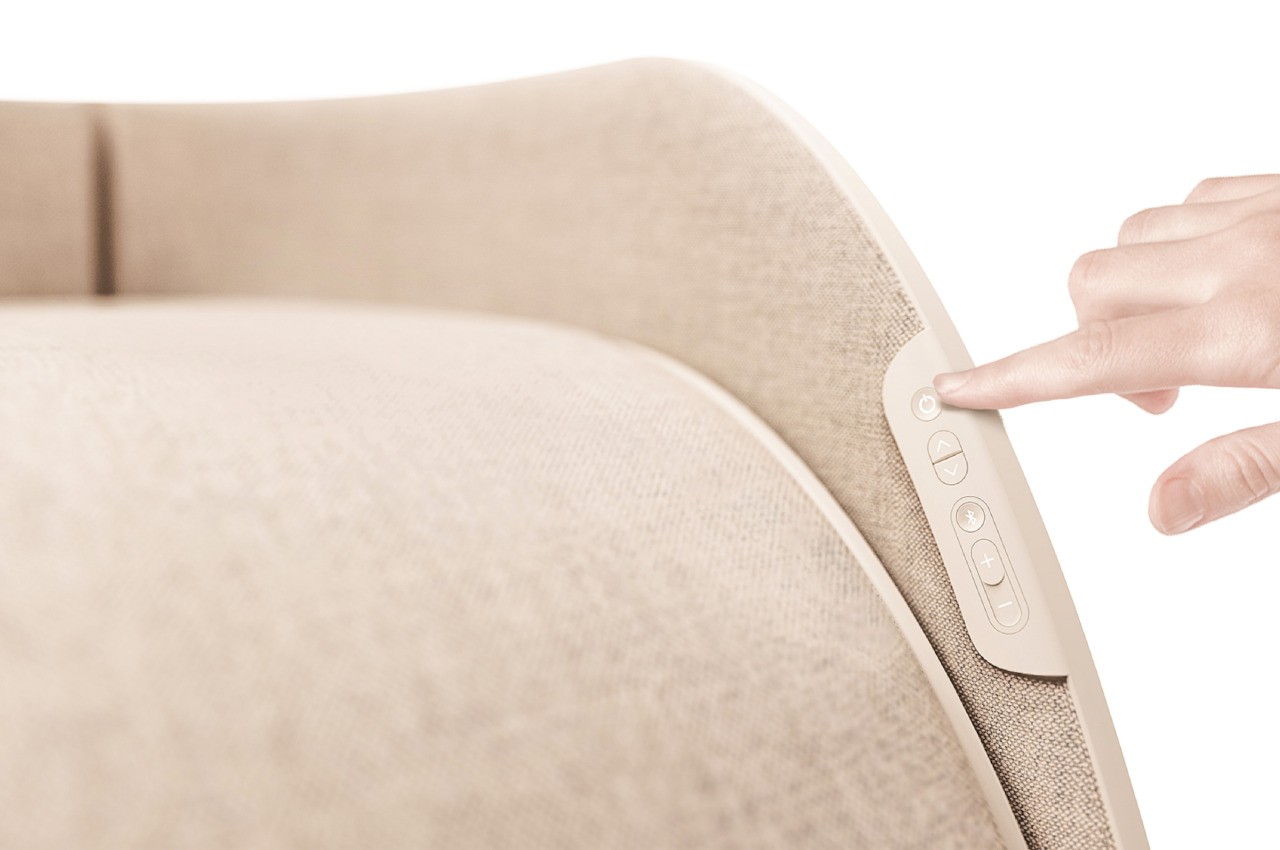
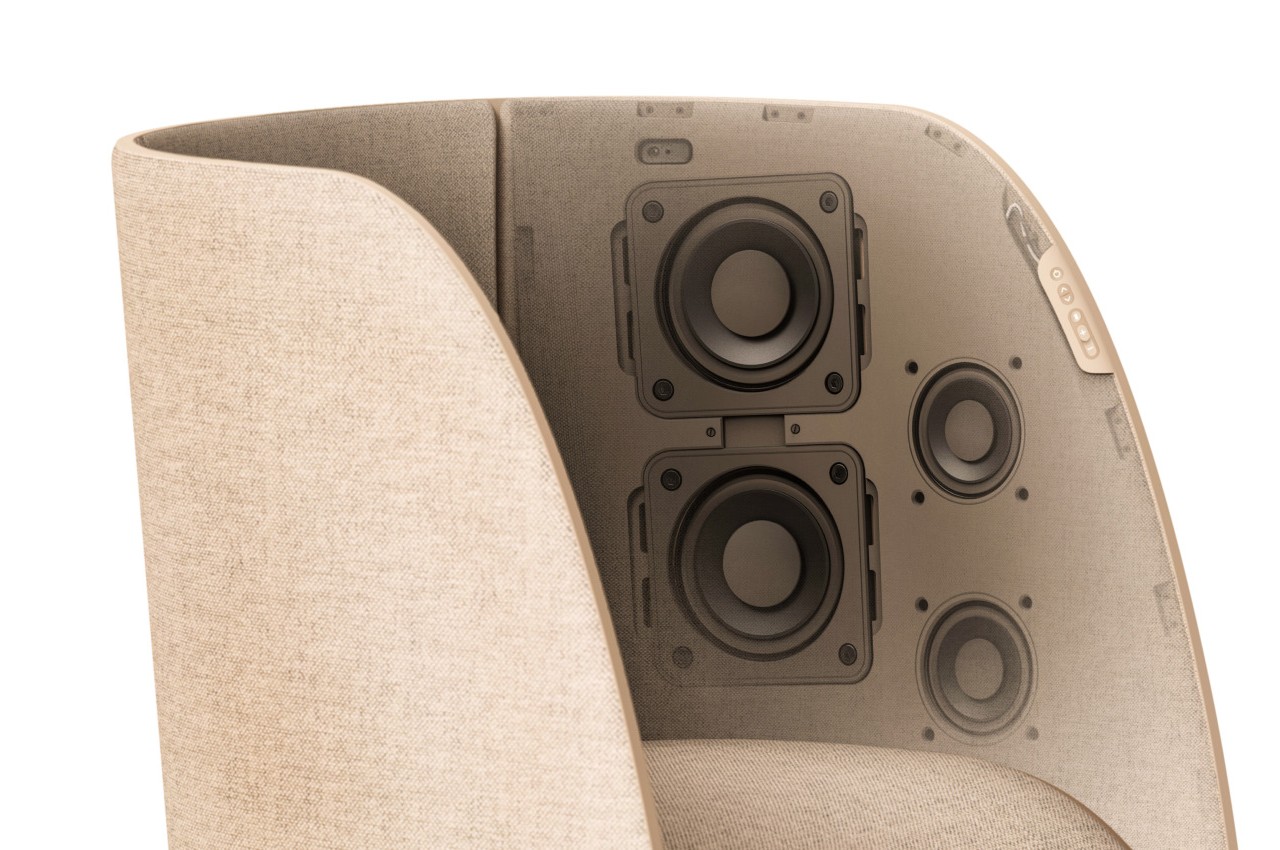
The idea of the design is a bit simple when you discover that secret mechanism. If you want a more personal listening experience that still immerses you in the musical space, you can simply press a button to raise the back portion, sit on the chair, and sink into your favorite tunes. If you want to party, on the other hand, lower the chair and transform OunD back into a more traditional speaker.
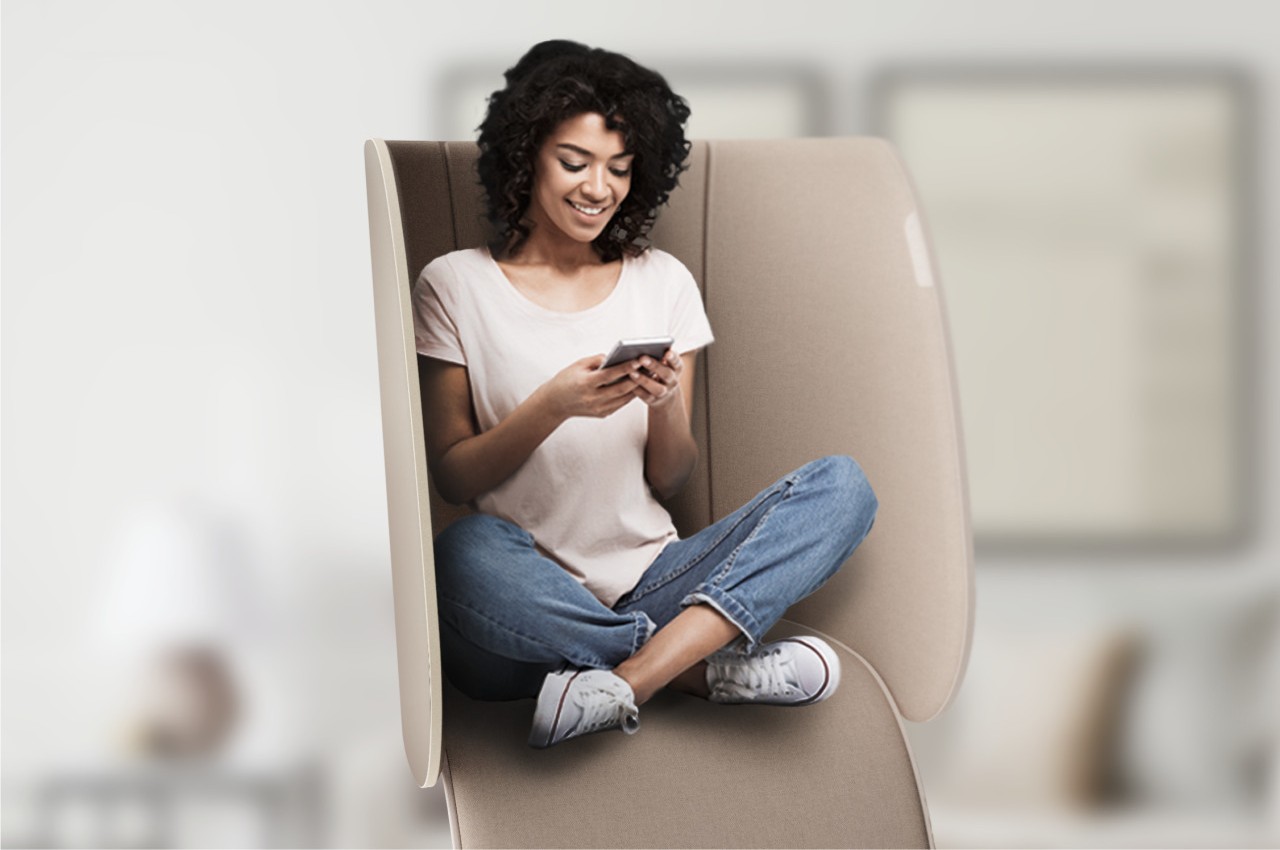

While the design is quite creative in solving the problem, there might be a few kinks that still need to be ironed out on the practical side. The personal listening space, for example, won’t be as private as headphones unless you’re the only person in the room, and the development of Spatial Audio technologies almost makes it moot as well. The position of the speakers might be great for personal listening, but their orientation in OunD’s speaker form might not be optimal. And while the chair is, of course, designed for comfort, it might not inspire much confidence in stability, especially with a short base and a heavy top.
